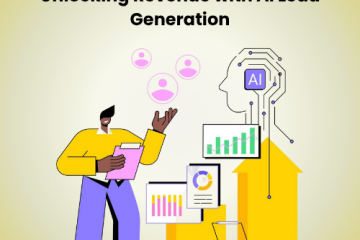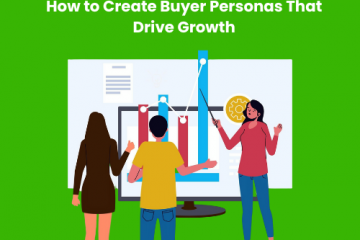Lifecycle Marketing – Stages, Relevance and 8 Powerful Tips
Let’s face the facts. Most of the contemporary marketing strategies cater to B2C rather than B2B. You cannot close a B2B lead in one swoop. B2B buyers seek value, expertise, trust, priority, and a long-term relationship. And, more importantly they they their fair bit of time and involve multiple decision makers during this process.
A lot of strategies are used to gain the trust and commitment of decision-makers throughout the customer journey. These strategies make up what we call ‘Lifecycle Marketing’.
We will be covering all the basics of lifecycle marketing and addressing a few concerns regarding it in this blog.
Let’s get started!
What is Lifecycle Marketing?
Lifecycle marketing is a holistic and customer-centric approach that revolves around the entire journey a customer has with a brand. This encompasses every interaction from the initial touchpoint to post-sales customer advocacy. Rather than focusing solely on individual transactions, lifecycle marketing emphasizes building and nurturing long-term relationships.
The essence of lifecycle marketing lies in understanding the unique needs, preferences, and behaviors of customers at different points in their journey. This understanding allows a business to ensure a higher degree of customer satisfaction. As a result, the Lifetime Value of customers can be maximized along with other benefits such as cross-selling, up-selling opportunities, and brand advocacy.
Defining Customer Lifecycle and its Stages
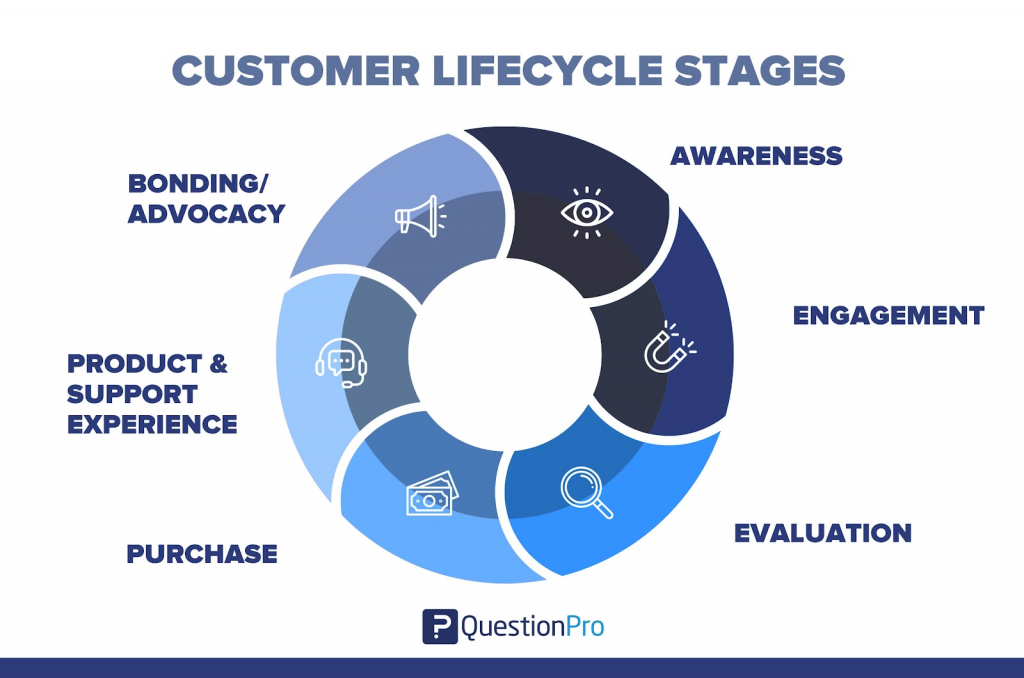
Image Source: QuestionPro
As stated earlier, Lifecycle Marketing focuses on the complete customer journey. The customer journey can be divided into the following stages.
1. Awareness Stage (Visitor)

At this stage, a potential customer becomes aware of your brand. This may happen by the way of them landing on your website through organic search. They might even come across engaging content from your social media campaigns or via an email. As a marketer, you should aim to create a memorable and positive first impression. This stage is about capturing attention and sparking curiosity in the minds of the customers about your brand and its offerings.
2. Interest Stage (Lead)

The next stage involves getting the best out of a customer’s curiosity. Here, you introduce them to your business’s offerings and establish your domain expertise by way of blog posts, similar to this one, whitepapers, webinars, etc.
The goal at this stage is to nurture a potential customer’s curiosity into a genuine interest in the unique value and solutions your products have to offer.
3. Consideration Stage (MQL)

By this point, your potential customer is already convinced about the value your product offers and your expertise in the said field. The only doubt that remains in his mind is how beneficial and suitable the product is for their businesses.
To guide your prospect towards a favorable decision, opt for a nuanced approach. Provide the prospect with comprehensive information such as case studies, product demos, and competitive analysis. You will thus nudge them towards a purchase decision.
4. Purchase Stage (SQL)
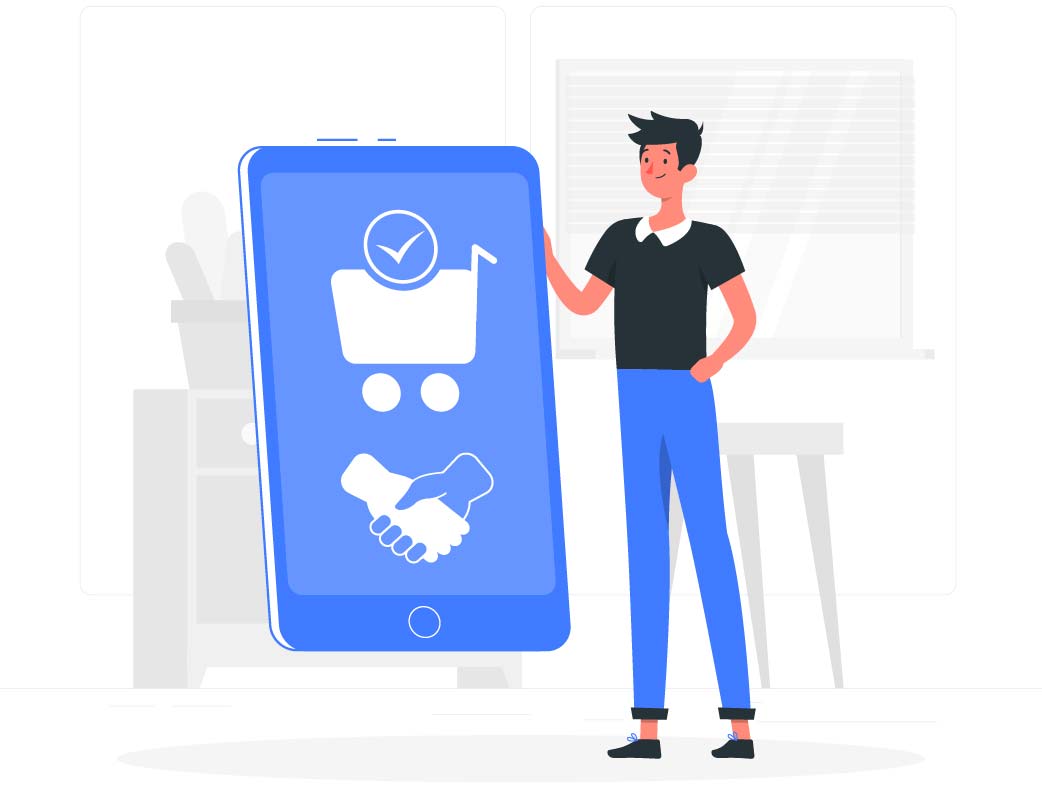
The prospect is now in the net and all you have to do is reel him in. This stage requires smooth-talking sales representatives or a personalized purchase process that makes the customer feel special and important.
At this stage, one should focus on ensuring the purchase process is as seamless as possible. The purchase process should also reinforce the value proposition that led to the decision to buy. Most importantly, the customer journey doesn’t end at purchase.
5. Post-Purchase Stage (Customer)

With lifecycle marketing, you continue making efforts even after the sale is closed. Your efforts should continue in the form of expressing gratitude, providing onboarding assistance, and delivering additional value.
Exclusive offers, loyalty programs, and personalized communication contribute to building a positive post-purchase experience. This raises the chances of them making a repeat purchase and spending up to 65% more than the last time.
6. Advocacy Stage

People are more influenced by the words of people around them. The fact that over 90% of customers trust product recommendations from their friends and family over any form of marketing and advertising proves it. This would also translate to B2B as your customers might advocate your product or services to their peers when asked.
Happy customers are your best marketing assets during the advocacy stage. Encouraging them to share their positive experiences through reviews, testimonials, and referrals amplifies your brand’s credibility.
7. Loyalty Stage
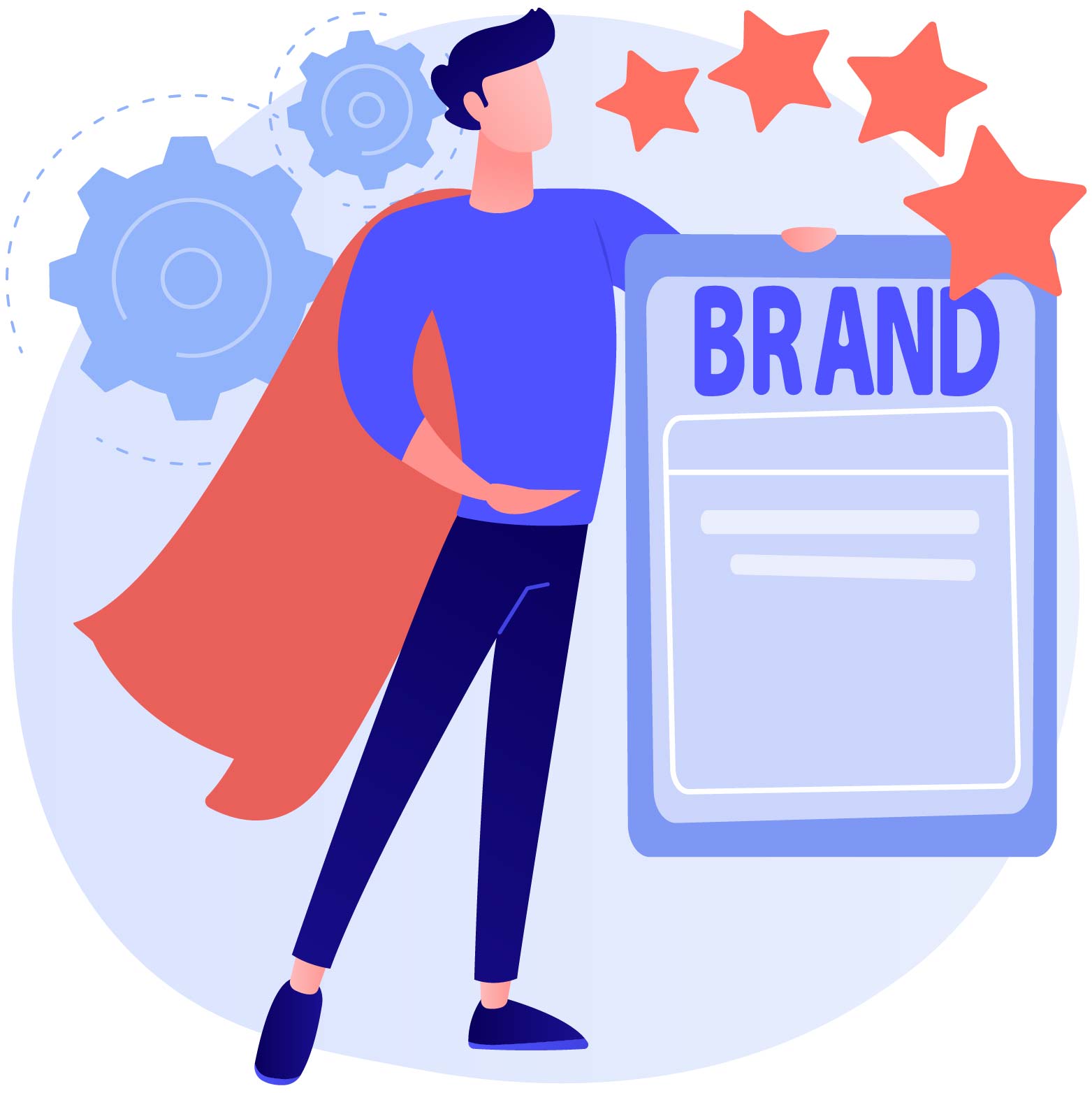
Building long-term relationships requires ongoing effort. Consistency in product or service quality, personalized experiences, and proactive support are paramount. Loyalty programs, exclusive benefits, and targeted communication help businesses maintain a strong connection with their customers.
The goal is to transform satisfied customers into loyal brand advocates who not only continue to support your business but also influence others to do the same. The impact of this is quite staggering. A study discovered that a 5% increase in customer loyalty directly translates to an increase of up to 95% in profits.
In essence, each stage should be a carefully orchestrated step in the customer journey. The design should focus on creating a positive, memorable experience and nurturing lasting relationships.
Lifecycle Marketing Strategy and its Relevance in Contemporary Marketing
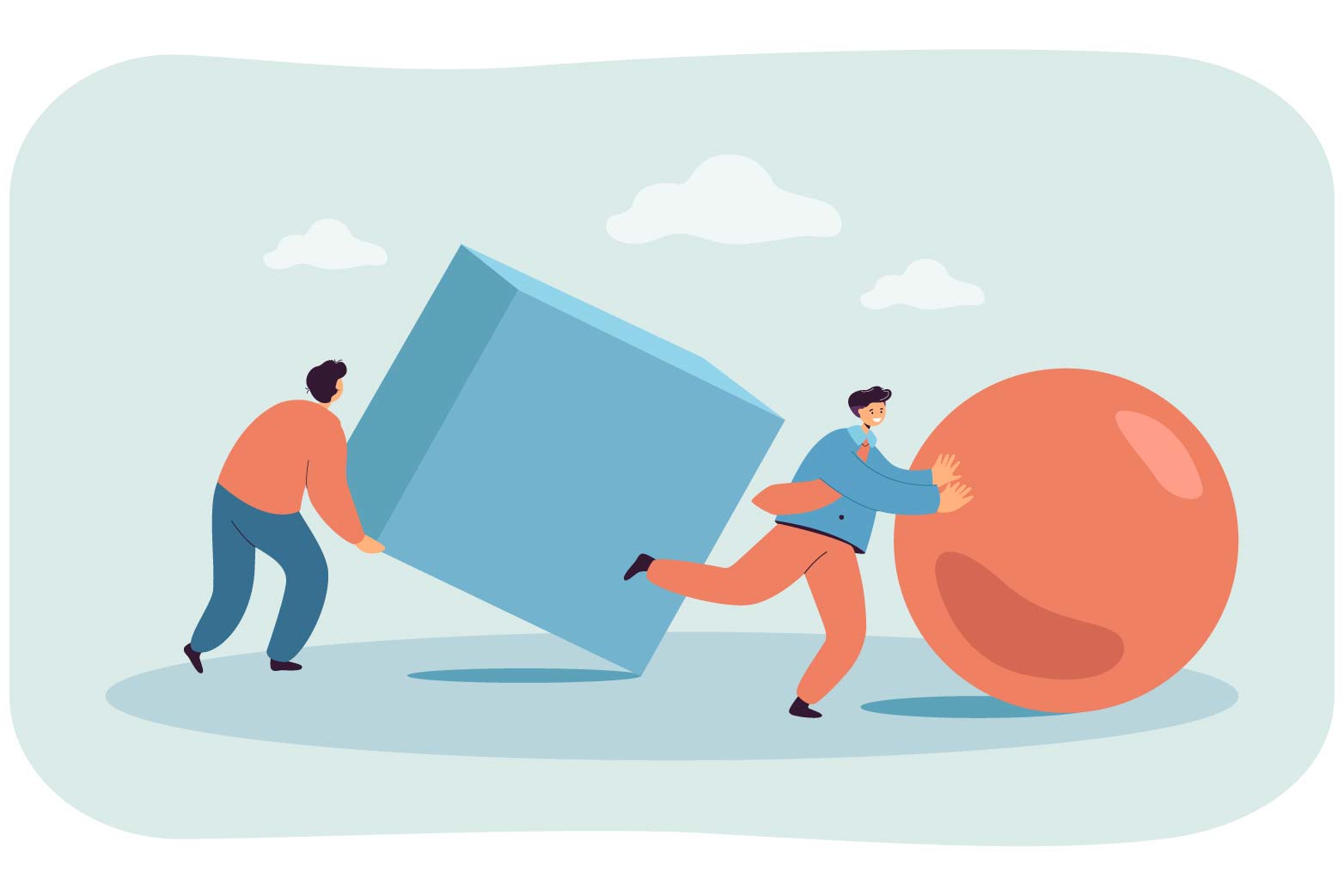
1) Customer Centric
Contemporary consumers are more informed and discerning than ever. Lifecycle marketing puts them and their expectations at the center of the marketing efforts.
Mapping the entire customer journey, from awareness to post-purchase engagement grants a deeper understanding of customer expectations. This understanding is crucial for tailoring marketing efforts to meet customer expectations at each stage.
2) Personalization in the Digital Age
Over 70% of customers expect special and personalized treatment from businesses. Lifecycle marketing enables businesses to deliver personalized content, offers, and communications based on where individuals are in their journey. This personal touch enhances engagement and fosters a sense of connection with the brand.
3) Customer Experience Focus
Customer experience is a focal point in contemporary business strategies. Lifecycle marketing places a strong emphasis on delivering a positive and consistent customer experience at every stage. This commitment contributes to customer satisfaction, loyalty, and long-term relationships.
4) Adaptability to Changing Trends
The business landscape is dynamic, with trends and consumer behaviors evolving rapidly. Lifecycle marketing is inherently adaptable. Its structure allows businesses to adjust strategies based on emerging trends, technological advancements, and shifts in consumer preferences, ensuring ongoing relevance.
5) Measurable ROI
Demonstrating ROI is imperative in contemporary business environments. Lifecycle marketing, with its clear stages and data-driven approach, facilitates the measurement of the effectiveness of marketing efforts at each stage. This visibility into performance enables businesses to optimize resources and maximize results.
Thus, lifecycle marketing is not only relevant but also essential in the contemporary business landscape. It aligns with the expectations of modern consumers, leverages technology, and helps businesses build lasting relationships with their customers.
9 Powerful Tips for Implementing Lifecycle Marketing Strategies
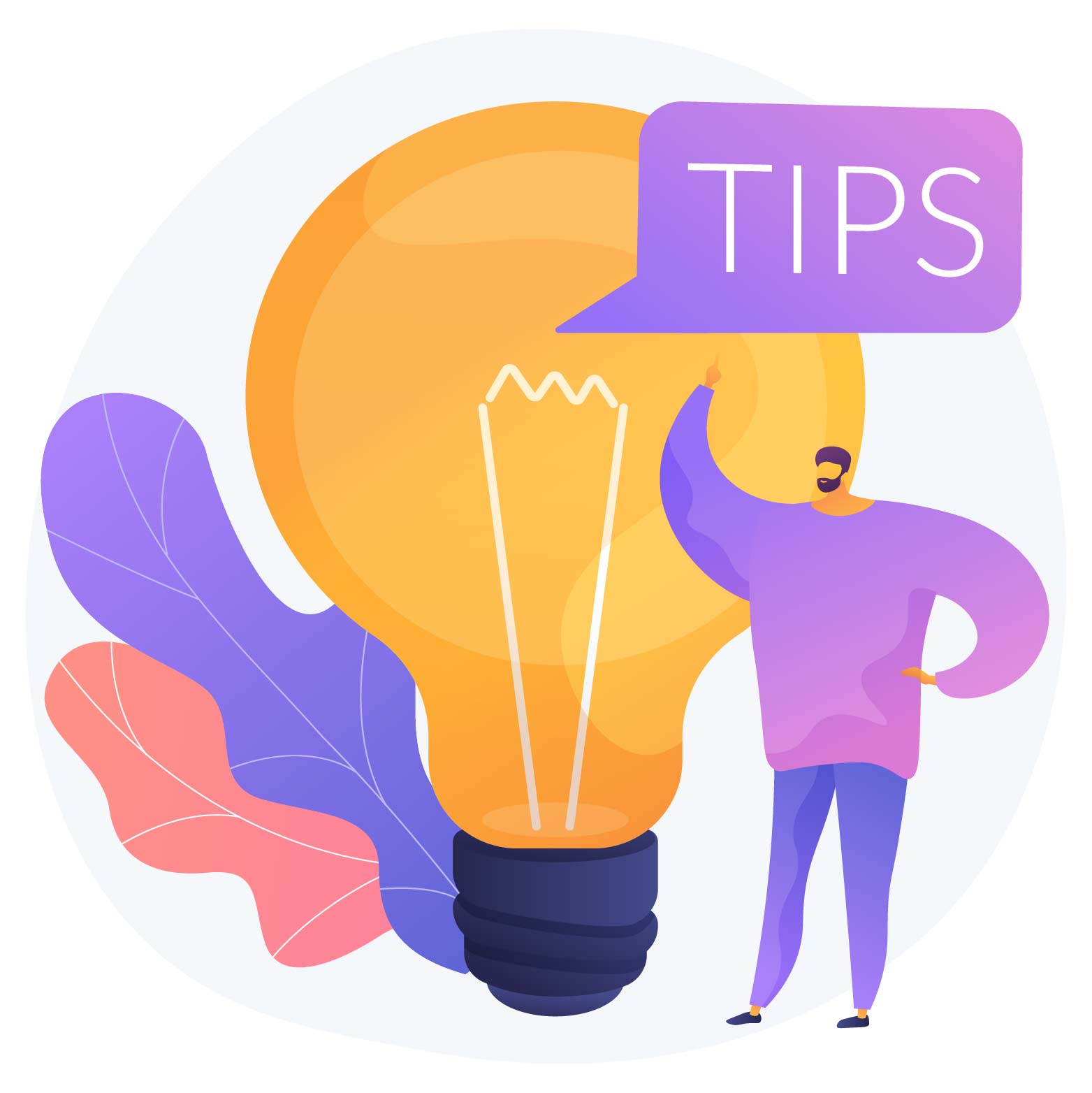
Having good lifecycle marketing strategies is not enough. Knowing how to implement them effectively is equally important. The following tips will guide you in implementing various lifecycle marketing strategies successfully.
1. Comprehensive Customer Segmentation
Begin by segmenting your audience based on demographics, behaviors, and preferences. This allows for targeted and personalized communication at each stage of their lifecycle.
2. Clear and Measurable Goals
Define specific, measurable, and achievable goals for each stage of the lifecycle. Whether it is increasing brand awareness, improving conversion rates, or enhancing customer retention, having clear objectives provides a roadmap for success.
3. Customer Journey Tracking
Customer journey tracking is integral to lifecycle marketing, offering crucial insights into consumer behavior. By monitoring activities on websites and other platforms, businesses gain a deep understanding of customer intent and needs. This knowledge enables the tailoring of strategies, engaging potential buyers with personalized content. Tracking the customer journey in real time allows for a proactive approach, anticipating needs and guiding prospects along the purchasing path. A tool like Salespanel can help with in customer journey tracking.
4. Data-Driven Decision Making
Leverage data analytics to understand customer behavior. Regularly analyze data to identify trends, preferences, and areas for improvement. Data-driven insights enable more informed decision-making and continuous optimization of marketing strategies.
5. Integrated Multichannel Approach
Implement a seamless multichannel approach to reach customers where they are most active. Ensure consistency in messaging and branding across channels. Businesses that get this right experience 23x better customer satisfaction levels.
6. Personalized Content Creation
Tailor content to the specific needs and preferences of each customer segment. Personalization increases engagement and fosters a sense of relevance, making customers more likely to progress through the lifecycle stages.
7. Real-Time Personalization
Implement real-time personalization to respond to customer interactions instantly. Real-time personalization enhances the customer experience by delivering dynamic and relevant content when it matters most. Leverage marketing automation and AI to achieve personalization at scale.
8. Customer Feedback and Surveys
Actively seek feedback from customers at various stages of their journey. Surveys and feedback mechanisms provide valuable insights into customer satisfaction, pain points, and areas for improvement.
9. Monitoring and Adjusting Customer Lifecycles
Recognize that customer lifecycles may evolve. Regularly review and adjust your lifecycle marketing strategies to align with changing market dynamics, consumer trends, and the evolving needs of your audience.
By following these best practices, you can create a dynamic and effective lifecycle marketing strategy. Thus, not only attracting and converting customers but also nurturing lasting relationships throughout the entire customer journey.
Final Thoughts
A customer’s lifecycle in B2B is complex. You should understand the journey, focus on customer experience, personalize marketing content, automate content delivery across all channels, and actively engage. It is also important to keep your eyes on the big picture. Make sure your customers feel good from the moment they first interact with you and continue to feel so in the long term.
Sell more, understand your customers’ journey for free!
Sales and Marketing teams spend millions of dollars to bring visitors to your website. But do you track your customer’s journey? Do you know who buys and why?
Around 8% of your website traffic will sign up on your lead forms. What happens to the other 92% of your traffic? Can you identify your visiting accounts? Can you engage and retarget your qualified visitors even if they are not identified?
